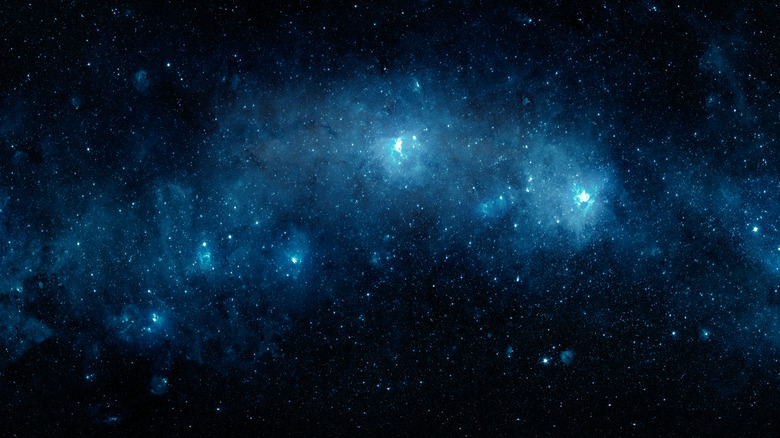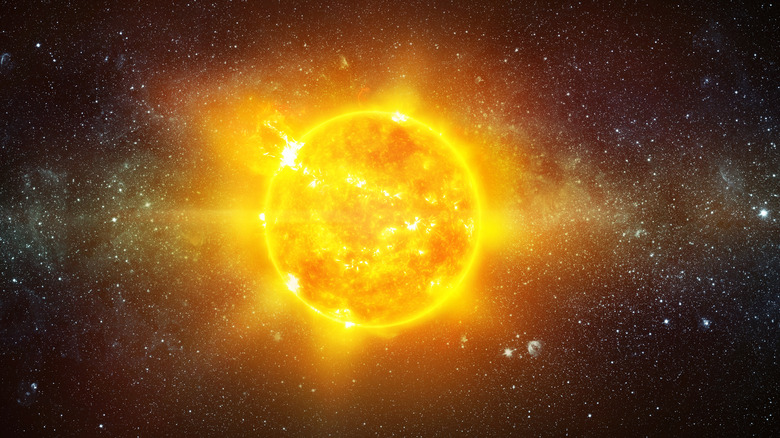Here's What Made Population III Stars So Different In Our Galaxy
There are a lot of stars in the Milky Way galaxy. According to Space.com, scientists estimate that there are between 100 billion and 400 billion stars — yes, that's with a b. It is enormous. A person in a vehicle that could travel at the speed of light would take 100,000 years to travel from one end to the other. These stars were formed from various materials, and many of them have an abundance of those materials, while others do not. Scientists have labeled them as being Population I, Population II or Population III, depending on various criteria. Our sun, for example, is a Population I star, according to Cosmos. It is roughly 4.6 billion years old, per NASA, or a tad older than our own home planet. It is still fairly new, compared to the 13 or so billion years the universe has been in existence.
Yet, there is something about the Population III stars. According to Cosmos, they are among the oldest stars and scientists are fascinated not by what they have, but what they lack as opposed to the other types of stars. This is what makes them so unique.
Population III stars had no metal
Originally, stars were classified as being either Population I, which have a good amount of metal in them, and Population II, which are less metal-rich. Astronomer Walter Baade was the one who came up with this way of cataloging them in the 1940s, per Cosmos. There was something missing, though, and they had to come up with a third type — Population III. These stars had no metal at all, but it is not set fact, still merely a hypothesis.
The working theory is that these stars were also very big, and thus had shorter lifespans than our sun. They were made up of hydrogen and helium, which are known primordial gases, and also may have had smaller of amounts of beryllium and lithium.
Cosmos also explained that the main issue with changing Population III stars from being purely theoretical to being factual is that there has been no known sighting of them. Perhaps that may change as scientists create more and more powerful telescopes that can look farther back into space and time. However, space is so vast that it is very difficult to pinpoint any certain area to look. So, for now, all we can do is look to the skies and imagine what a star without metals may have looked like.

